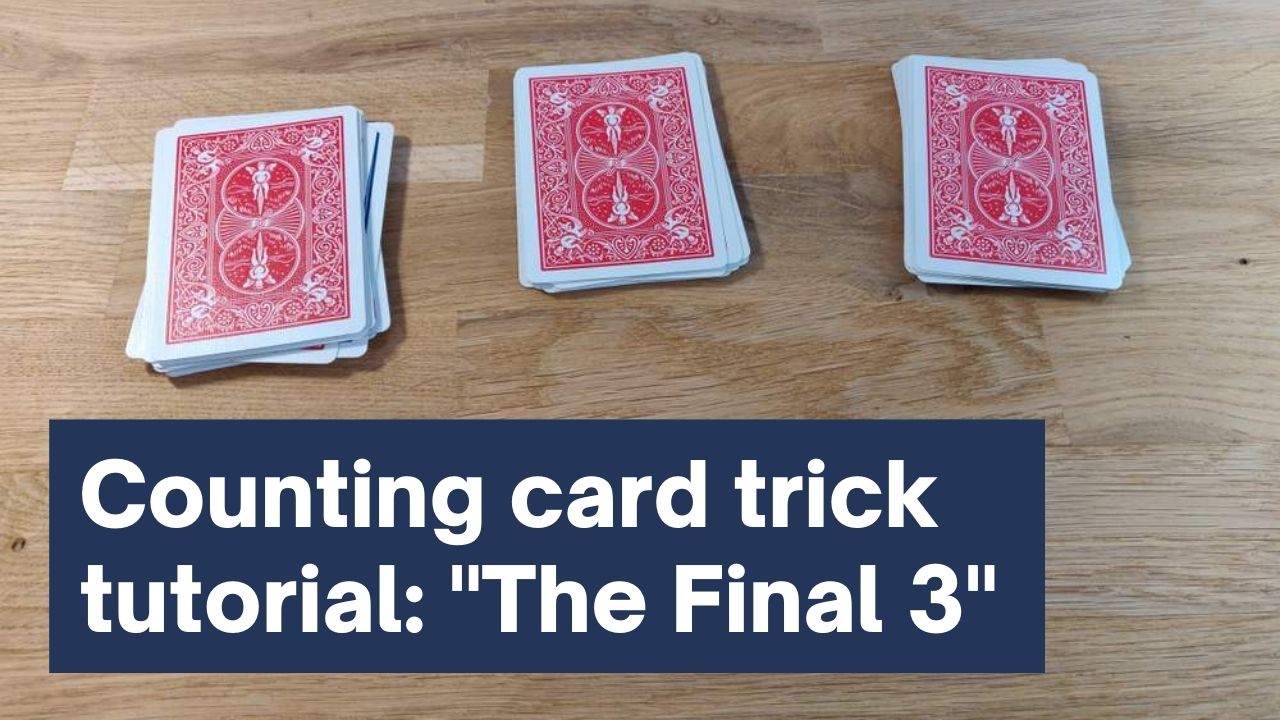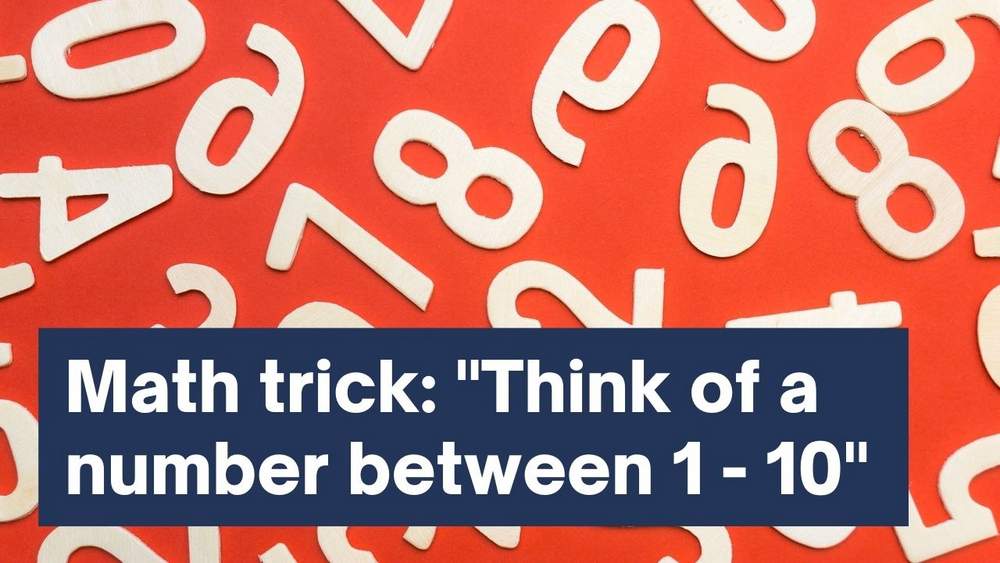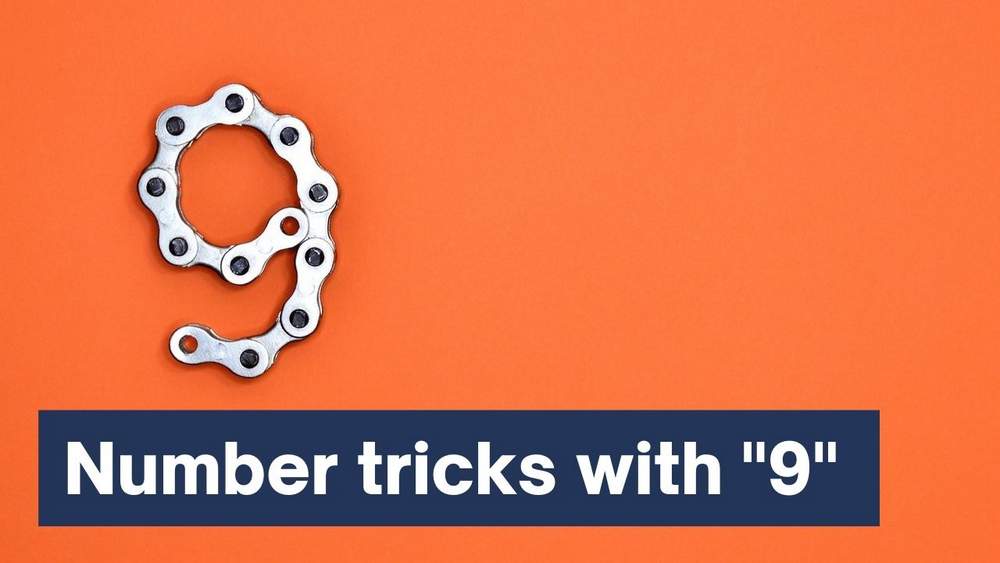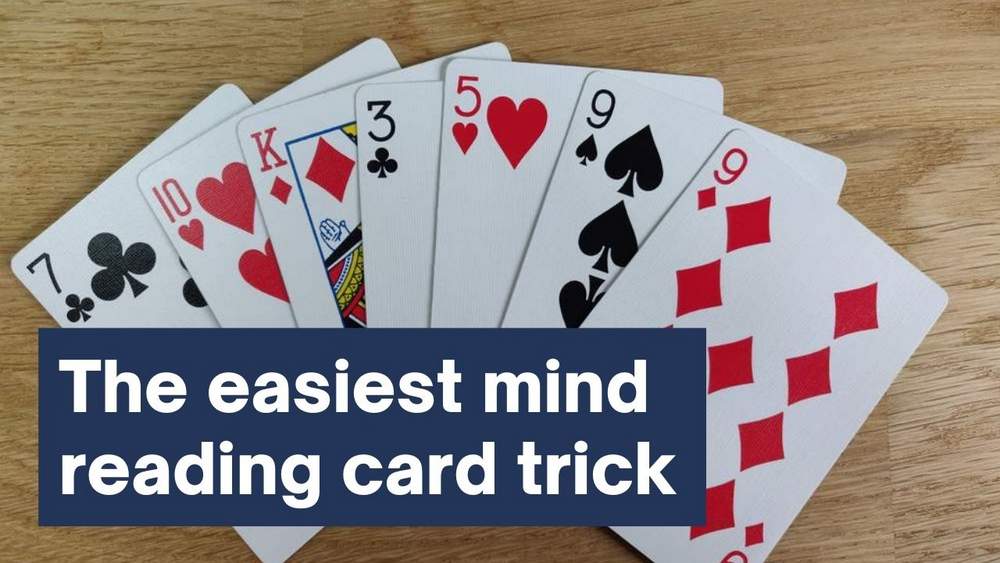This is a card trick that allows you to guess the chosen card by the spectator. You can even add a little more magic to this illusion by writing a prediction on a piece of paper – you will be right.
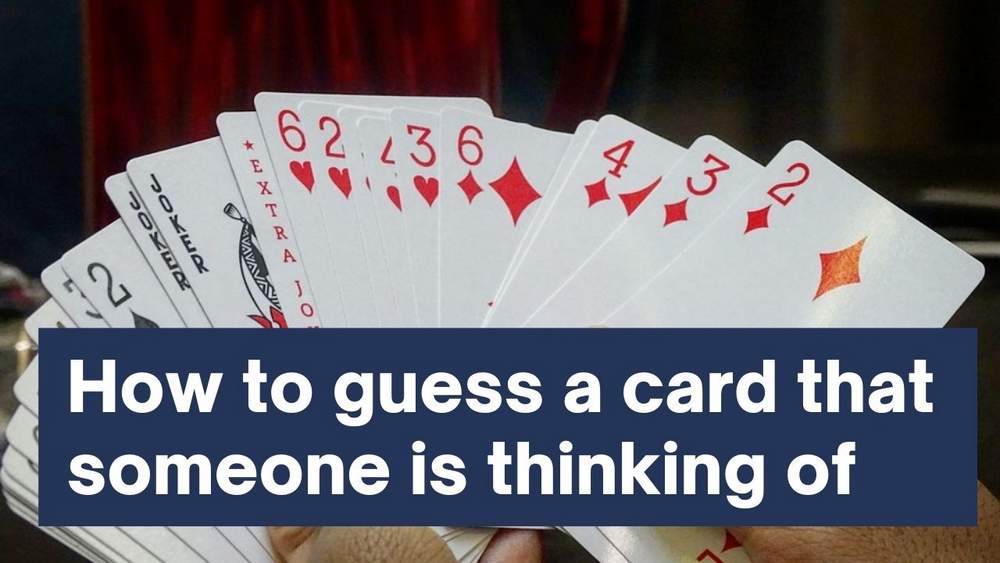
How does this mind-reading card trick work?
The spectator can choose between six different cards (he doesn’t even touch the cards). You still manage to guess his card and even have a piece prepared of paper with the right card written on it.
In this post, you will find everything you need to learn and perform this illusion yourself.
Let’s get started with the trick.
How this card trick is performed
Before the trick starts, the spectator is shown two decks of cards, one of which he gets to choose, the other is given to you.
Next, the spectator can choose between six different cards and he memorizes one of them without touching it. You then shuffle the deck and find the spectator’s card in both decks; you can also take out a piece of paper with a prediction – of course, it’s the card chosen by the spectator.
This trick is pretty easy to do, but it requires some preparation and practice.
The required preparation for this trick
Before the trick starts, both decks of cards have to be prepared and you have to label six different pieces of paper with these cards.
You have to pick the following cards from the decks:
- Ace of spades
- Eight of spades
- Queen of Hearts
- Three of Clubs
- Seven of Diamonds
- Seven of Clubs
Put these cards on top of both of the decks.
You must sort the cards in this exact order, the Ace of Spades goes to the top, the Seven of Clubs is then the sixth card in the deck. So for each deck, you pick out exactly those six cards and put them at the top of the deck in that order.
The first deck (1) is not finished yet, you pick six more random cards from the deck and put them on top of the other cards (so the Ace of Spades is now in the seventh position, the Eight of Spades is in the eighth position, etc.) It doesn’t matter which six cards you put on top of the deck.
This deck will be given to the spectator later.
The second deck (2) is already finished, it must not be shuffled or changed anymore. It is best to stow it in the pack, alternatively, you can also strap a rubber band around the deck.
Write exactly these cards on the six pieces of paper and you put them in different pockets, it’s important that you can know which paper is in which pocket.
(The six pieces of paper are not necessary, but they add confusion at the end of the trick and make the mental magic seem even more real).
The performance: How to guess a card that someone is thinking of
When performing the trick, you show the spectator the two decks of cards and tell him he may choose one.
In reality, however, he will always get the first deck (1), that is, the deck where the seventh card is the ace of spades.
To achieve this, you ask the volunteer to “pick” a deck. If he chooses deck (1), then you say he can take that deck and the other one will be used for the trick.
But if he chooses the deck (2), you tell him that this deck will be used for the trick, the other one can be taken by the spectator.
The result is always the same: You get deck (2) and the spectator gets deck (1). Of course, you have to be able to differentiate both decks! The best way to do this is to use two different colored decks.
The spectator’s card
Now, you take the deck (2) and you can do a false shuffle, but keep in mind that the order of the six top cards must not be changed!
Then you take the six top cards of the deck (these must be the Ace of Spades to the Seven of Clubs, see above for the right order!) and show them to the spectator. He can think of any card, he doesn’t even have to touch or tap it!
You can emphasize again that you can’t know which card he will choose. As soon as the spectator knows his card, the top six cards are returned to the deck using a certain technique.
The order of the prepared cards must never be changed, otherwise, the trick will not work.
For the trick to work, the ace of spades must now be placed in the seventh position, the eight of spades in the eighth position, and so on. To make this as inconspicuous as possible, proceed as follows:
- You show the spectator the prepared top six cards and he can memorize one; then you place these cards in a pile in front of you. The order of these cards must not be changed!
- Now you take the deck and emphasize that the volunteer could have chosen any card in the deck. As you do this, fan out the deck a bit, doing it as casually and unobtrusively as possible, as if you were just trying to show the spectator that his card could be any other.
- In reality, you count the first six cards and fix them with a pinky break (i.e. your little index finger) without the spectator seeing it.
- Now you take the pile of cards in front of you that contains the volunteer’s chosen card. Put this pile under the six cards you just counted. This won’t be noticeable if you hold the deck horizontally and push the cards into the deck from behind, then it will appear as if you are sticking the cards into the deck somewhere.
To complete the trick, you can shuffle again briefly.
The important thing is that now the ace of spades is in the seventh position in the deck, then comes the eight of spades, and so on.
Finding the card you are looking for
From now on the trick is pretty much done, even the spectator could take over.
You put the deck of cards in front of you and explain that the spectator’s card will be found by saying it out loud. From now on you should not touch the deck, so that nobody gets suspicious. Simply ask the spectator to name his card, then have him take one card from the deck for each letter.
Example: In he picked the Eight of Spades, which would be seven letters, he would also take seven cards from the deck.
The next card will then always be the one chosen by the spectator (if not, you have miscounted, shuffled, or mixed up the decks). It’s best to practice this a few times without a spectator.
But this is not the end of the trick.
How you can improve this magic trick
Finding the card in the first deck is already impressive, but it becomes even more surprising with the second deck. For this you don’t have to do anything, just ask the spectator to take the deck (the one he chose at the beginning) out of the pack.
Again, he should put one card for each letter on the side and will find his card that way (with the same technique as with the first card).
The most important thing in this trick is correct sorting and effective distraction, the cards will do the rest almost by themselves.
To make the illusion even more perfect, you can bring out a piece of paper with the spectator’s chosen card written on it. To do this, before the trick, you need to label six pieces of paper with the cards shown and distribute these pieces of paper in your pockets so that you can remember them well.
This way, after the trick, you can show the matching piece of paper – so everyone will believe that you knew before the trick which card the spectator will choose.
The only challenging part is to remember which piece of paper you put in which pocket.
A few more tips
This trick requires a little dexterity, but otherwise, the cards will do the rest almost by themselves. So you should concentrate on distracting as cleverly as possible and telling a little story.
The prediction with the pieces of paper at the end of the trick allows you to fool your spectators even more (for example by telling him that you already know which card he will choose before the trick even starts, etc.). If you do this well, the focus will be on your driving ability to “read minds” and you will distract even more from the actual action of the trick.
If this card trick doesn’t work, then you’ve miscounted or switched decks, so practice until you’ve mastered it completely before your first performance!
Image source (header image):
https://www.pexels.com/photo/gaming-cards-on-hands-800767/

